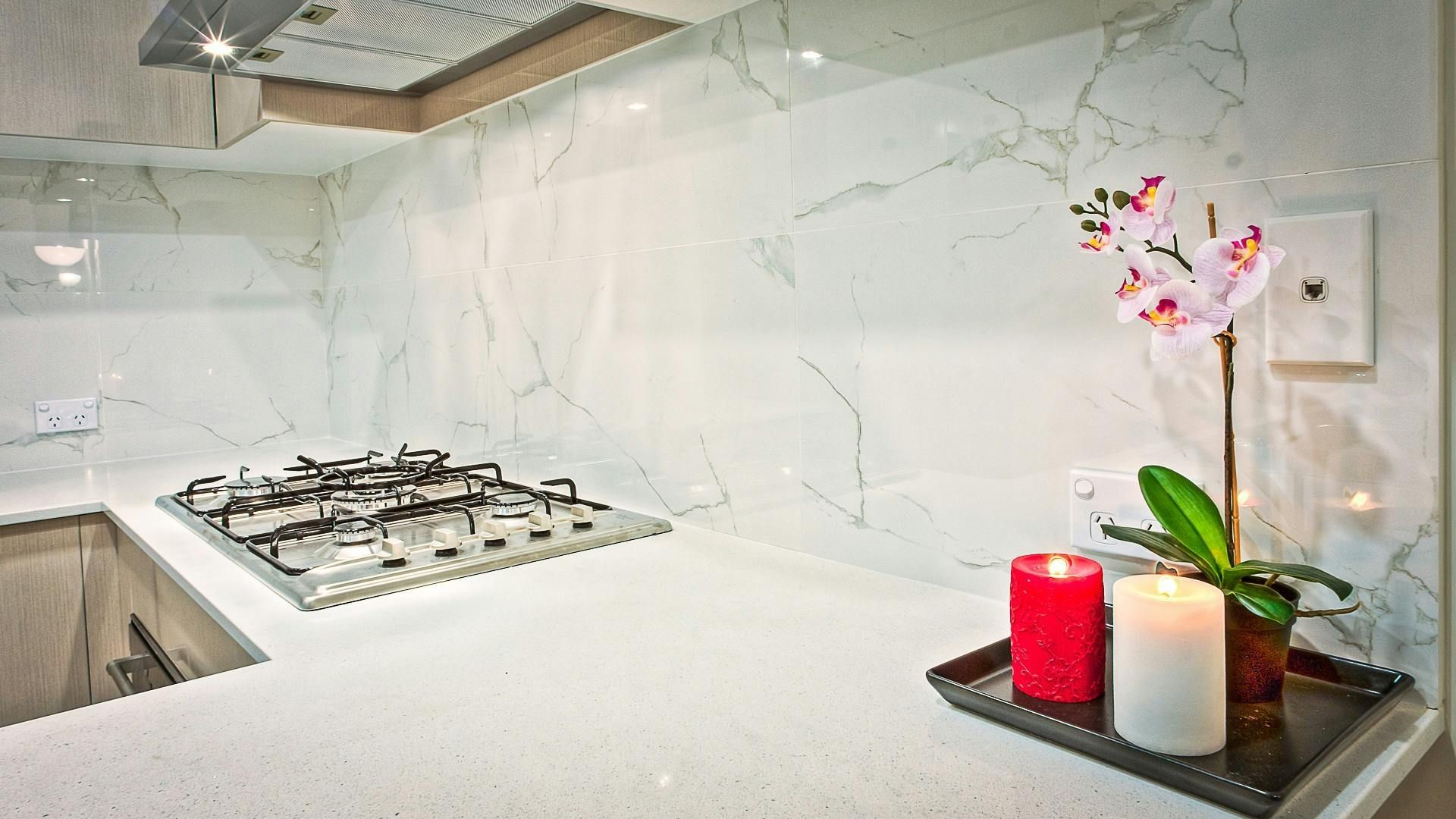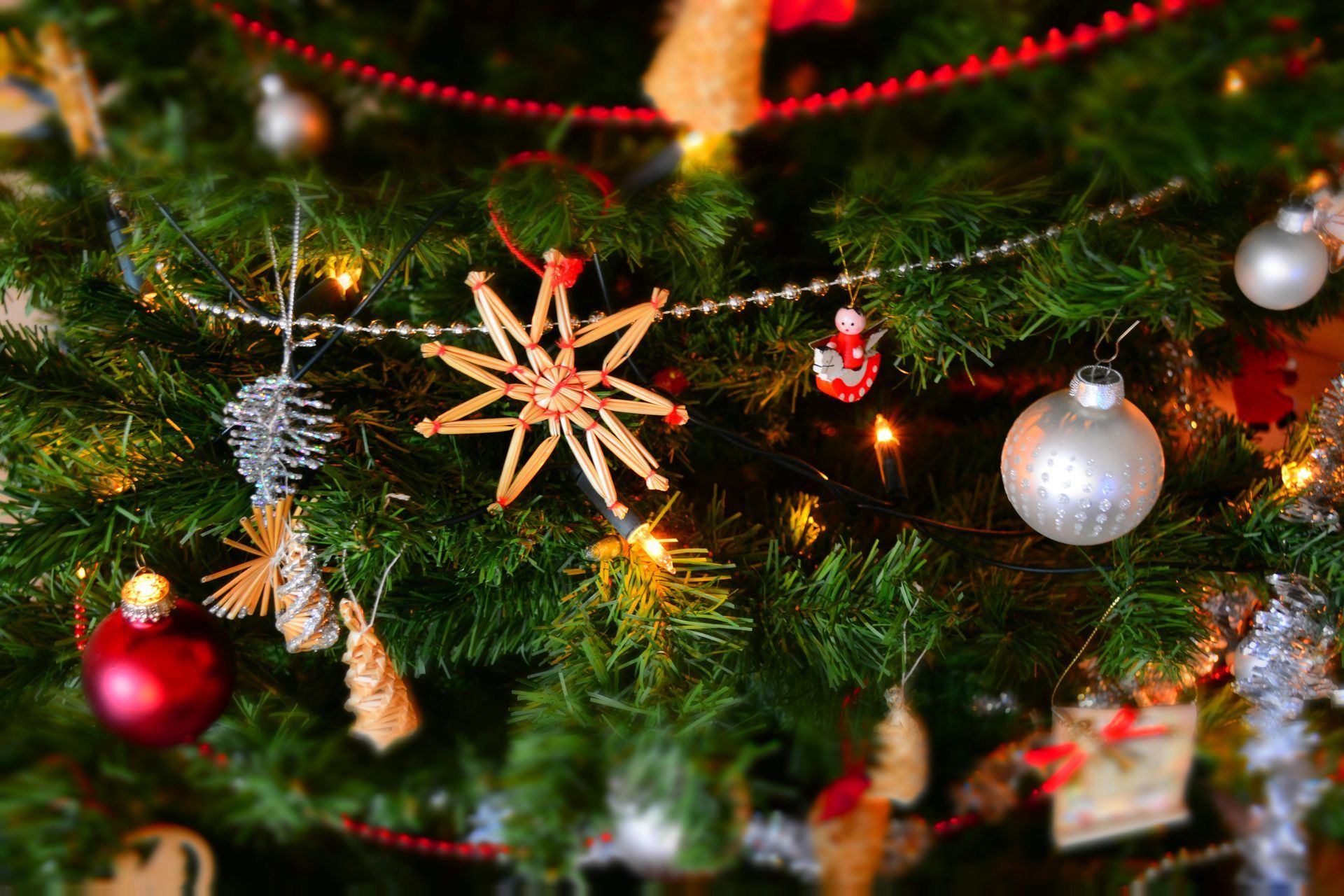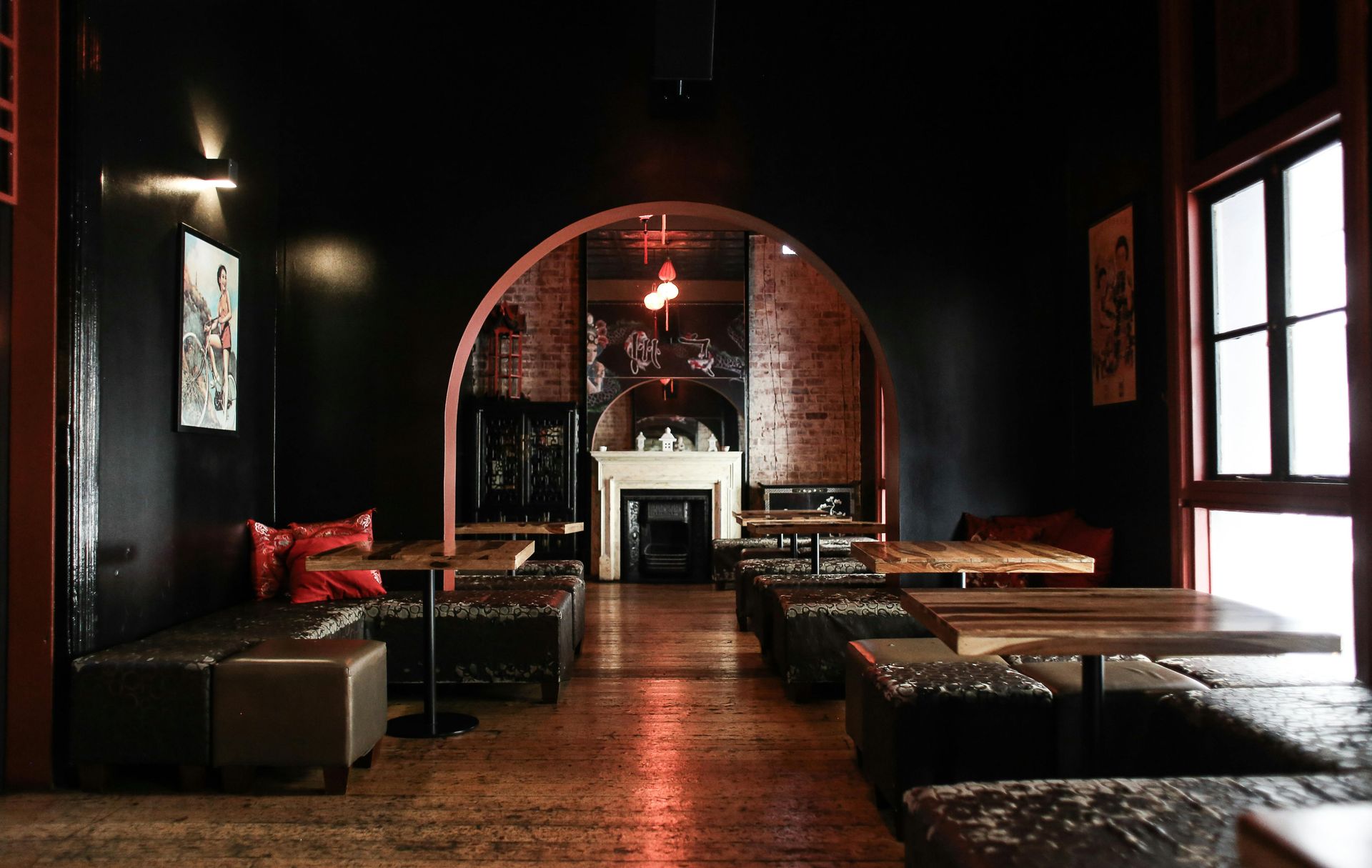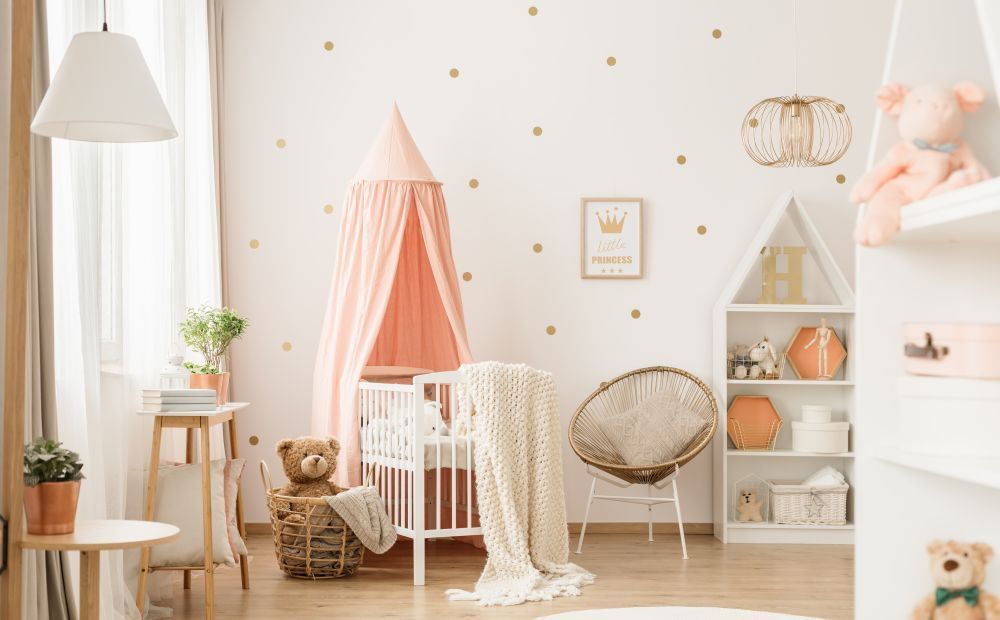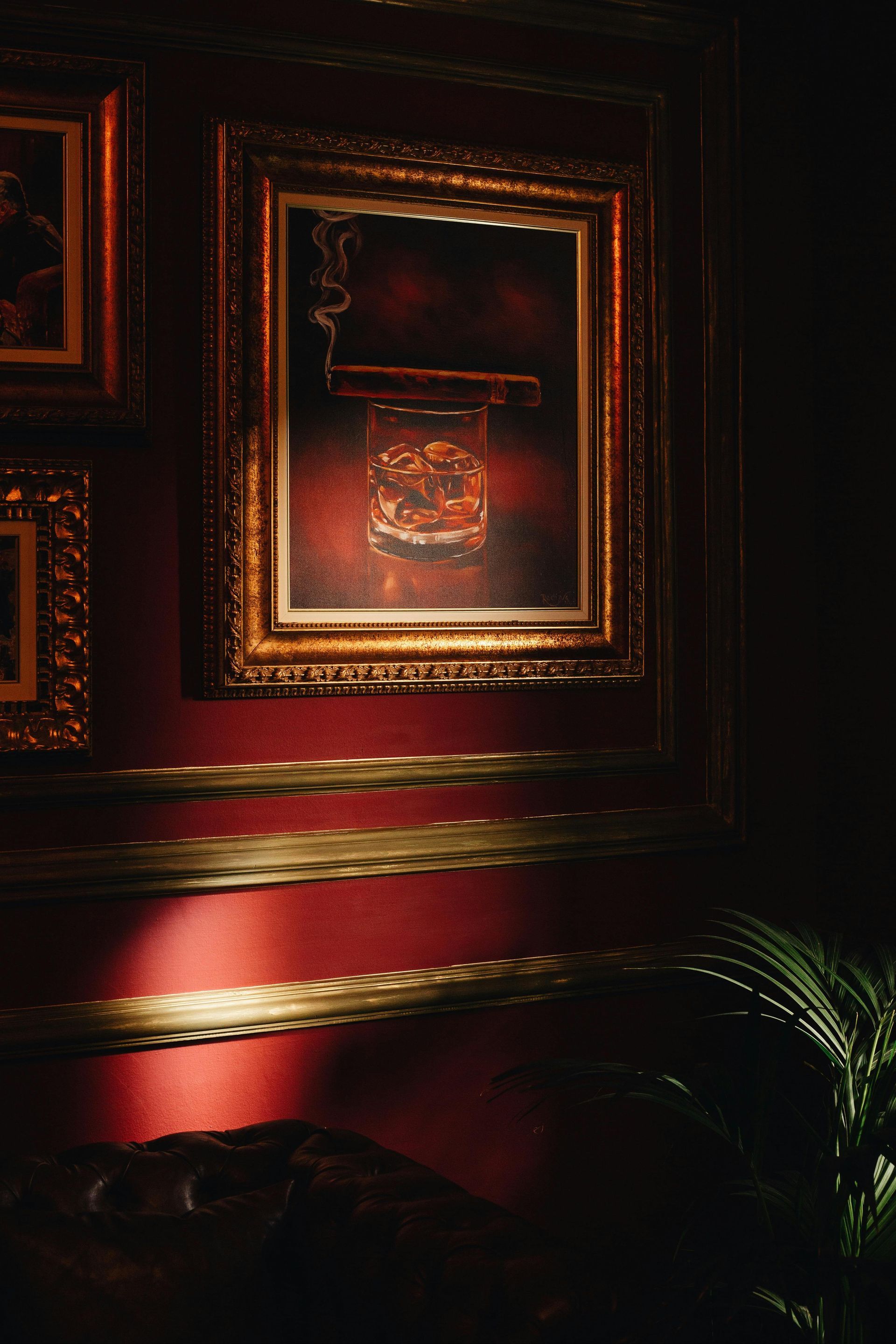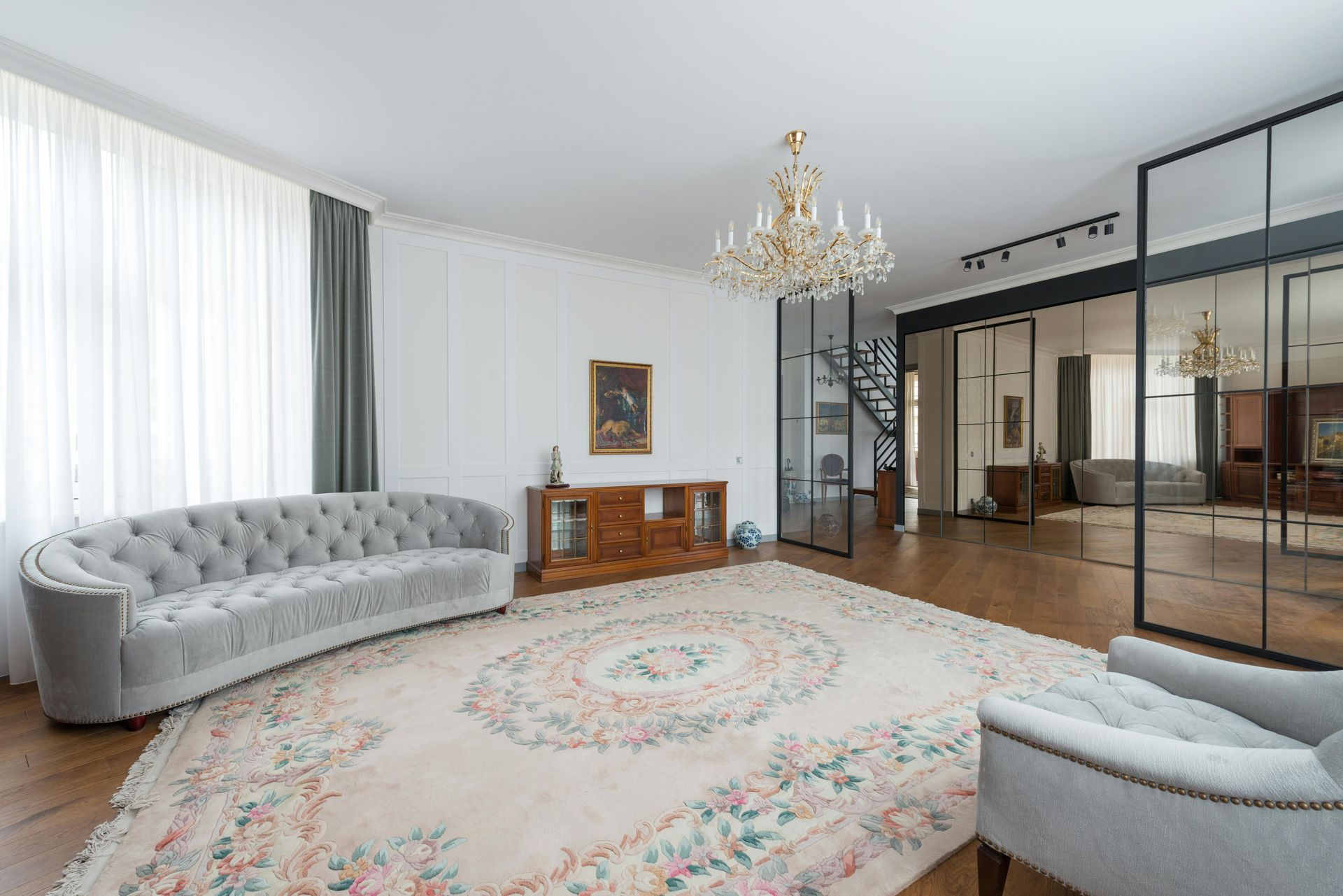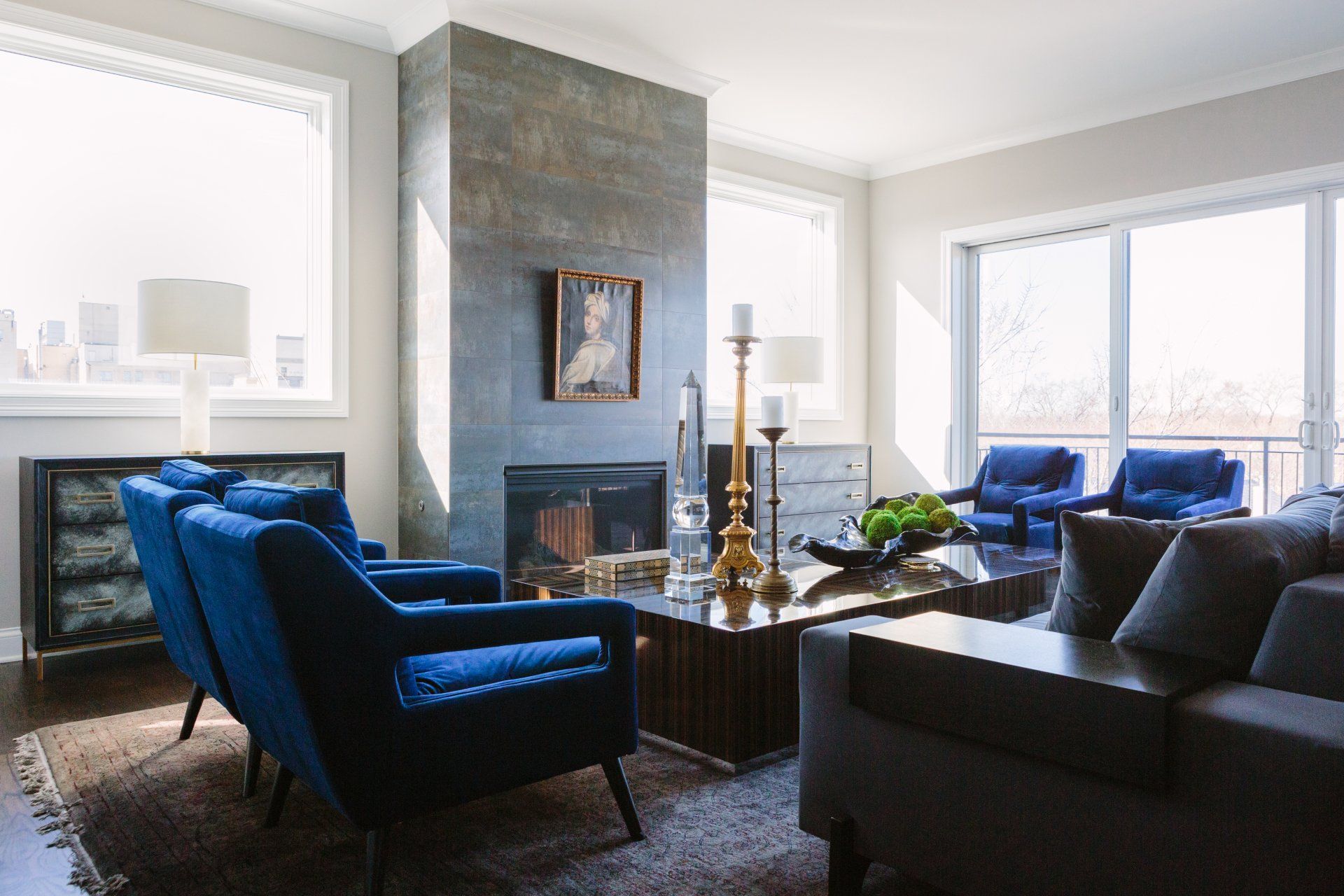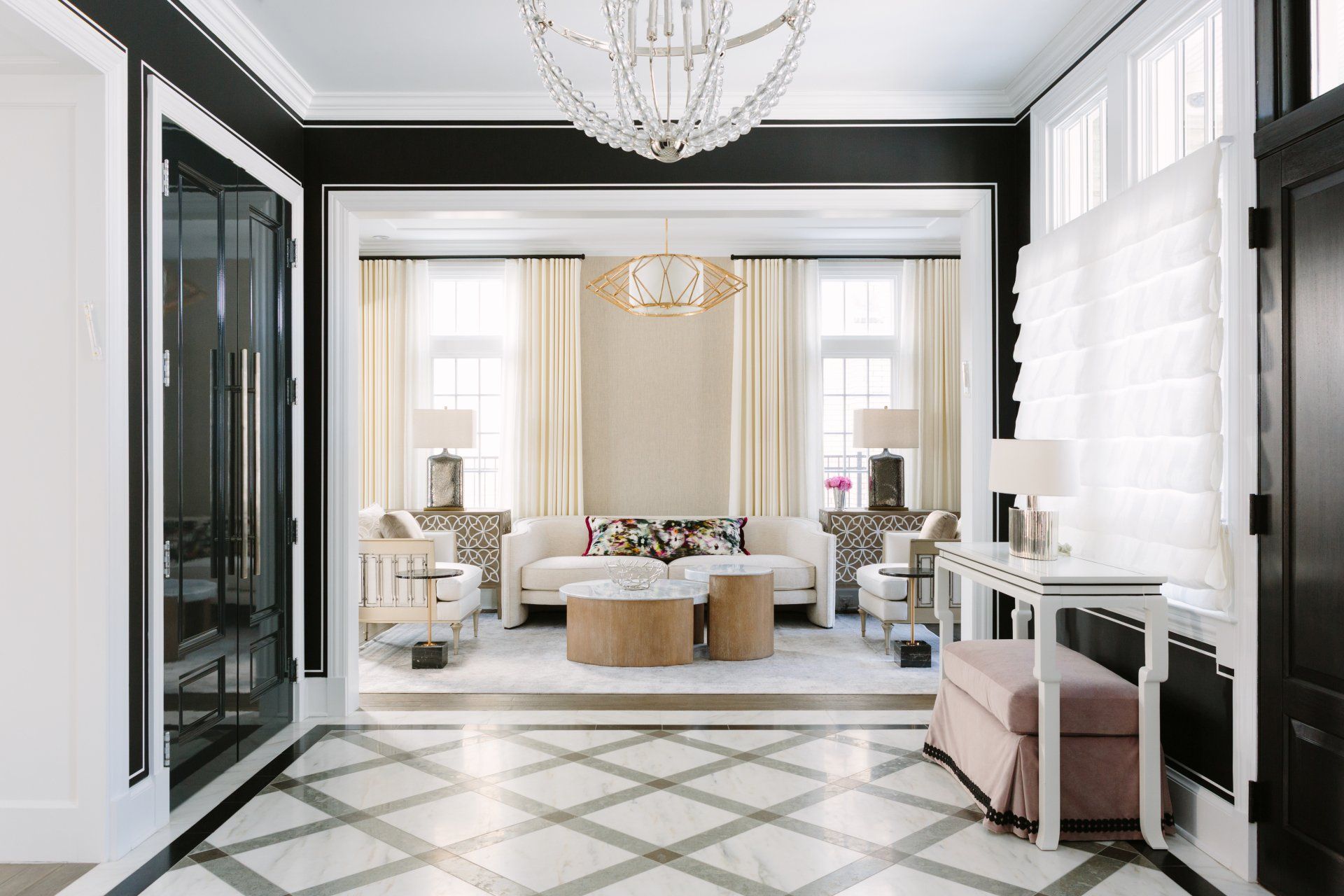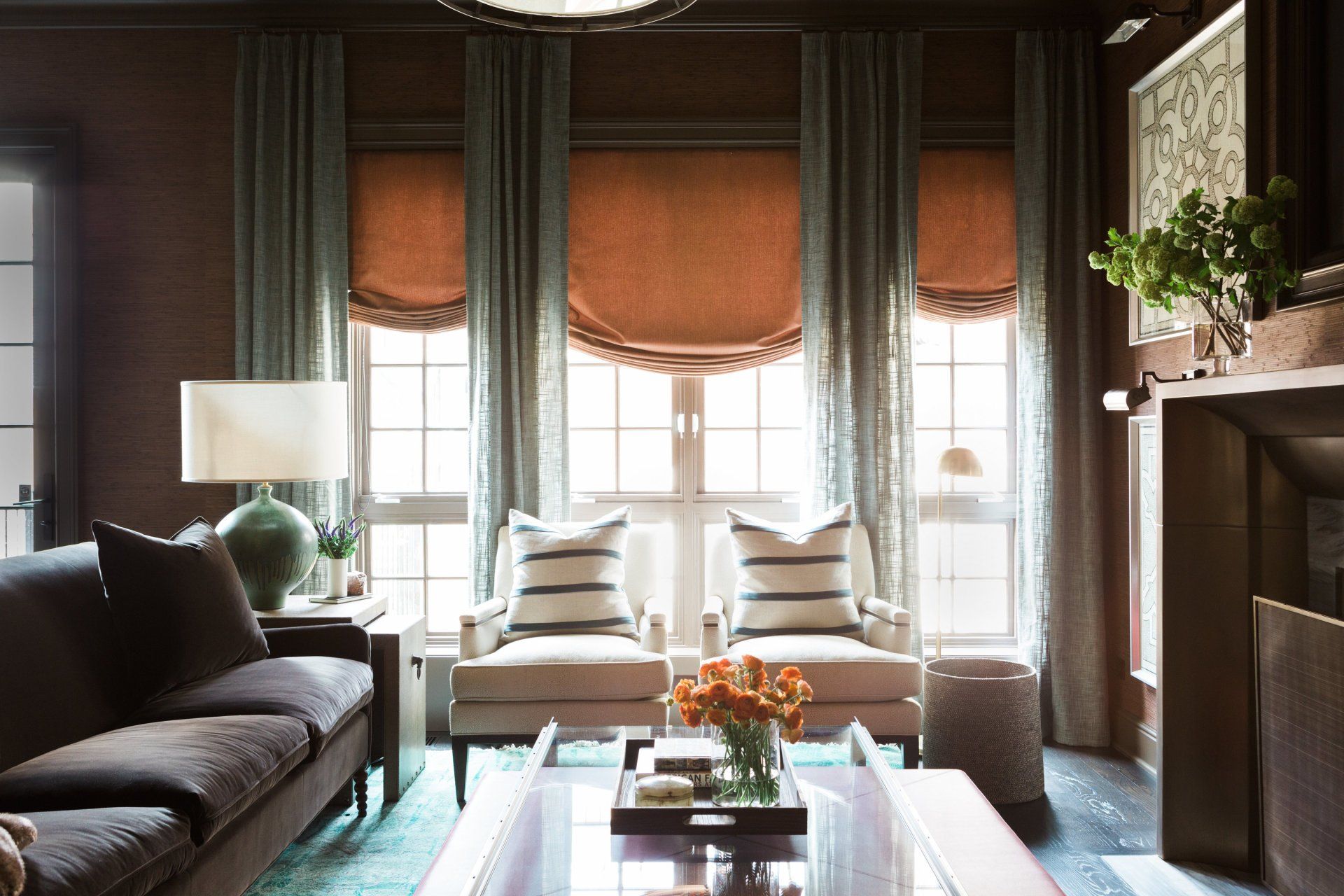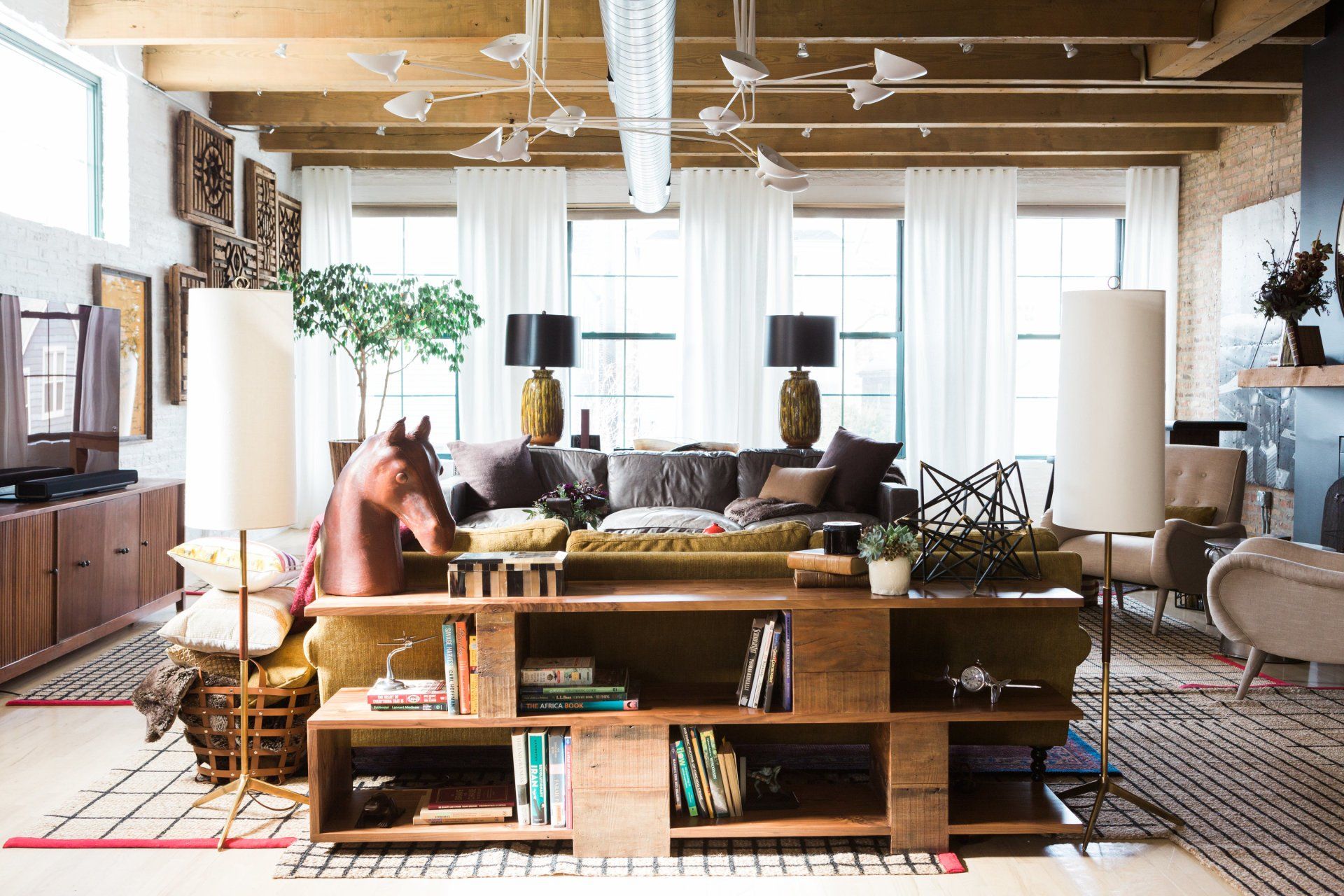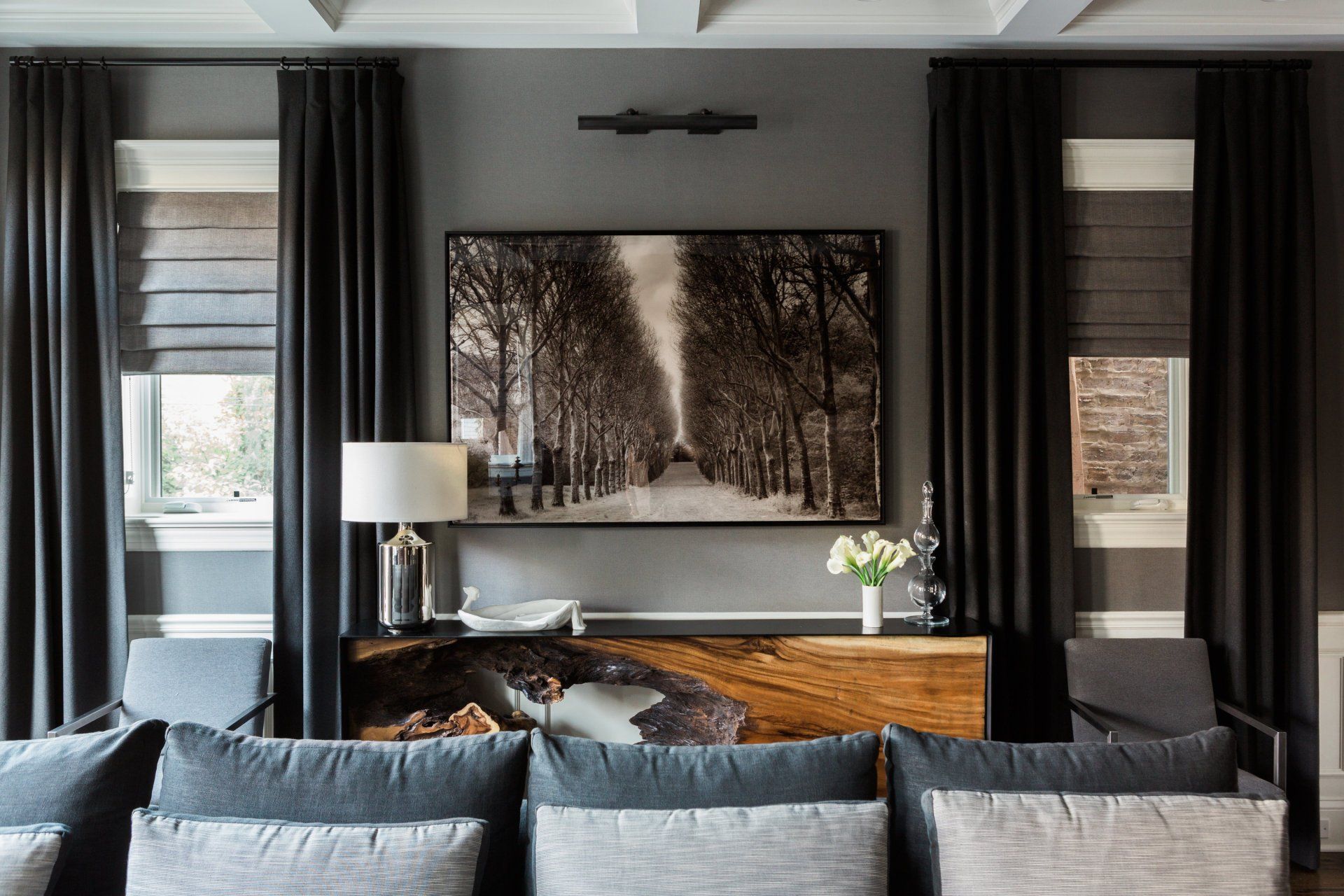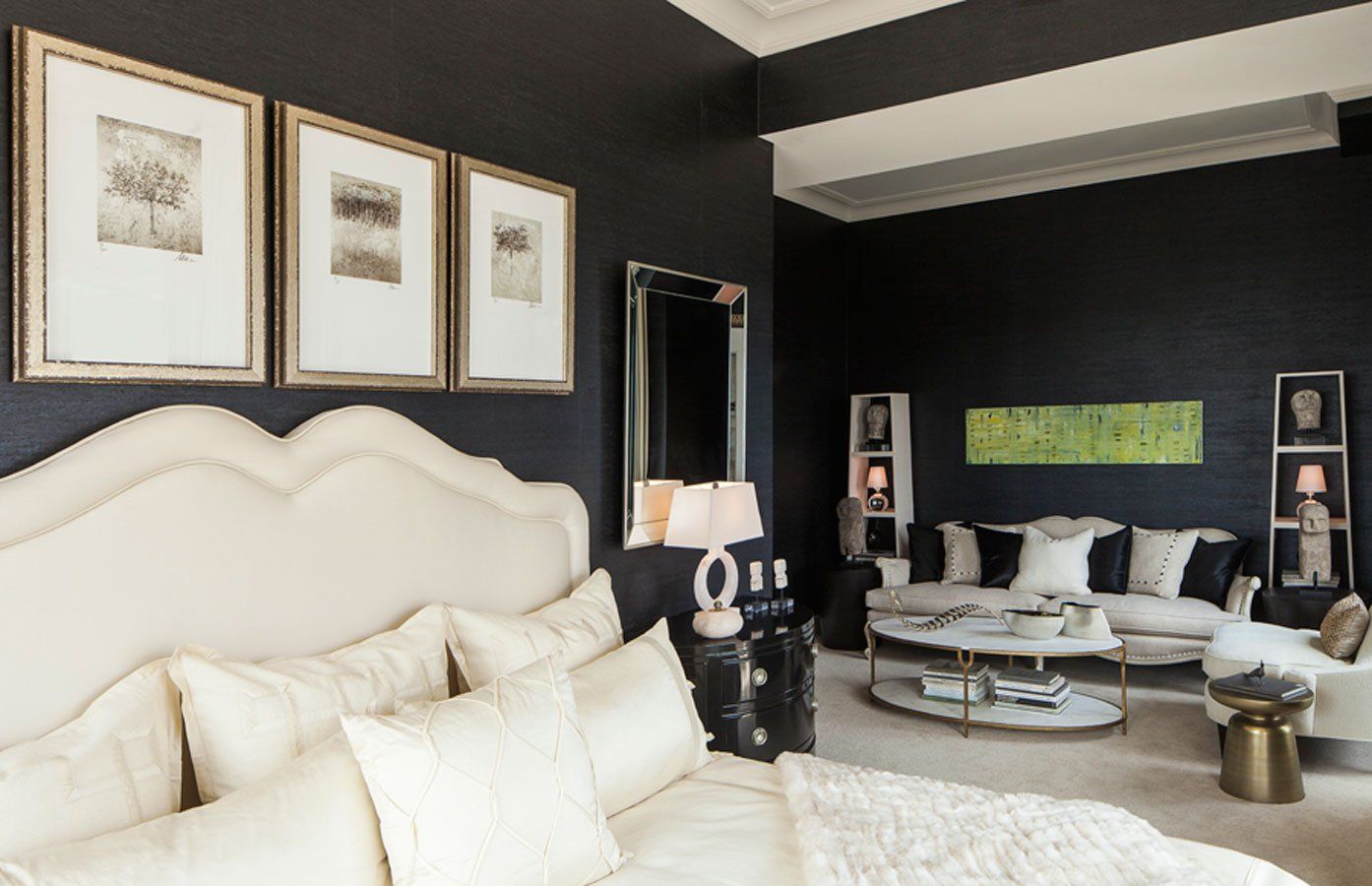How the Pink Bathroom Became an Unlikely Icon of Modern Design
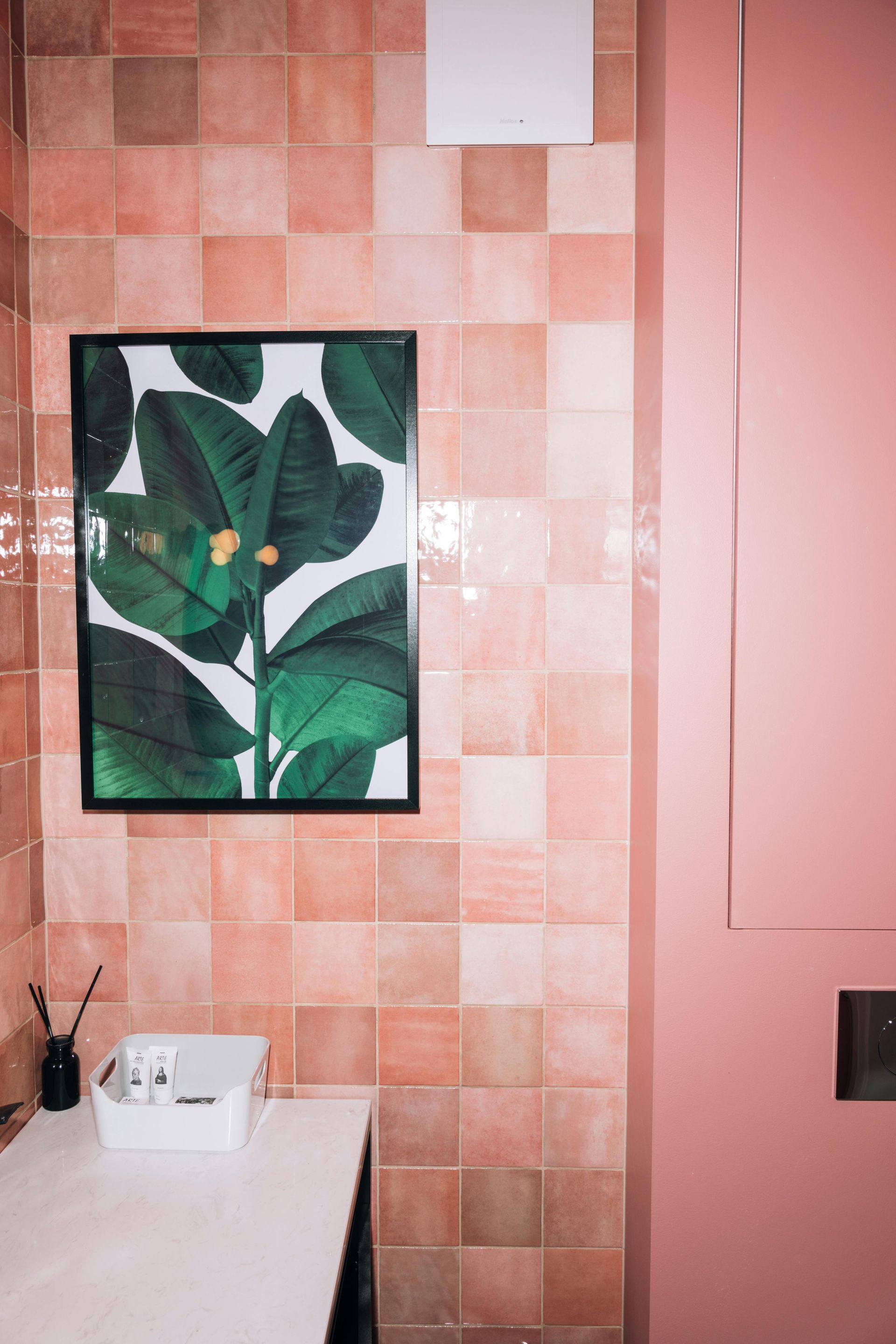
For years, pink bathrooms were the punchline of home renovation jokes. The dusty rose tiles, pastel toilets and cotton candy-colored sinks screamed midcentury kitsch — dated, overly feminine and definitely on the demo list. However, what once felt like a relic of grandma’s house is now at the forefront of bold, modern design.
A Blast from the Past
Pink bathrooms were a postwar phenomenon popular in the 1940s and ‘50s. First lady Mamie Eisenhower famously loved the color, inspiring what came to be known as “Mamie Pink.” At one point, pink dominated nearly a third of all American bathrooms. But by the 1980s, it had fallen out of favor, viewed as dated and tacky. Fast-forward to today, and a new generation of designers and homeowners is reclaiming the pink bathrooms — this time with fresh eyes and fearless creativity.
Why the Revival?
For starters, it’s warm, playful, and surprisingly versatile. Blush tones soften harsh spaces, while bolder pinks bring energy and personality. Pink feels like a breath of fresh air in a design landscape dominated by monochromatic minimalism and cool grays for years. Bathrooms no longer have to be sterile and boring.
The Modern Pink Bathroom
There’s also a strong sense of nostalgia at play. Millennial and Gen Z homeowners, many of whom might’ve grown up visiting pink-tiled bathrooms in their grandparents’ homes, are reinterpreting the look as a nod to the past. However, many are adding their own twists. Rose terrazzo floors, matte blush paint paired with brushed brass fixtures or millennial pink sinks set against deep emerald tiles are popping up in homes.
Lighter colors can
make spaces feel bigger and timeless. Choose a lighter shade like lavender rose or baby pink to open the room up. It’s a color that works in subtle and bold applications. A pink vanity can stand out against black tile for a dramatic contrast, while pale pink walls create a spa-like atmosphere. Its flexibility makes it ideal for those who want to inject color without committing to something too intense.
Marble has
become a popular bathroom material, bringing a sleek feel to spaces. When paired with pink, marble can add a modern contrast that keeps the room feeling fresh rather than overly sweet. However, others are going all-in on retro. Chrome-edged vanities, vintage pink tubs and floral wallpaper are making major comebacks. Even when people embrace the throwback, they usually add their own spin.
Designers are leaning into the emotional power of pink. It’s a calming color,
often associated with warmth, joy and relaxation — exactly what people want in a personal space. It photographs beautifully, flatters skin tones and gives smaller bathrooms a big personality.
Psychologically, pink evokes a sense of softness and comfort. In a fast-paced world, stepping into a pink bathroom can feel like a break. Whether it’s a soft accent wall or a full floor-to-ceiling homage, the pink bathroom has become powerful. It’s no longer about mindlessly following trends. It’s about making spaces feel good, spark joy and reflect individuality.
From Outdated to Iconic
Once dismissed as outdated or overly saccharine, the pink bathroom has defied expectations and reclaimed its place in the design world. Its reemergence proves that design trends are cyclical — but also that reinterpretation is powerful. Whether you use it in subtle touches or full retro flair, pink bathrooms today represent creativity and a fresh perspective on what modern really means.
